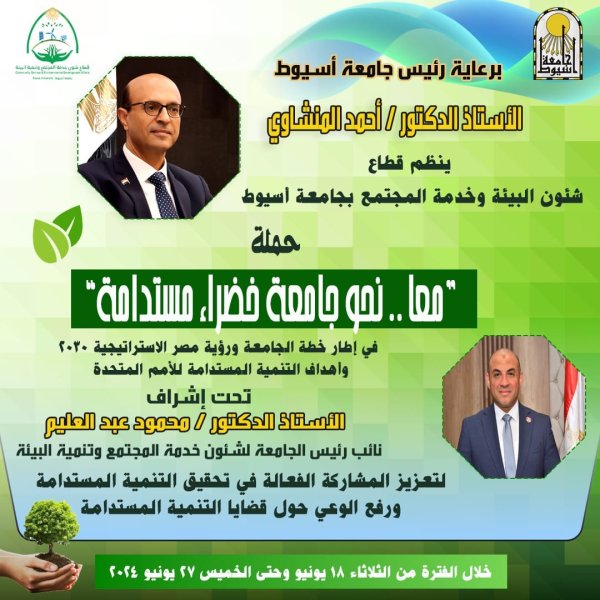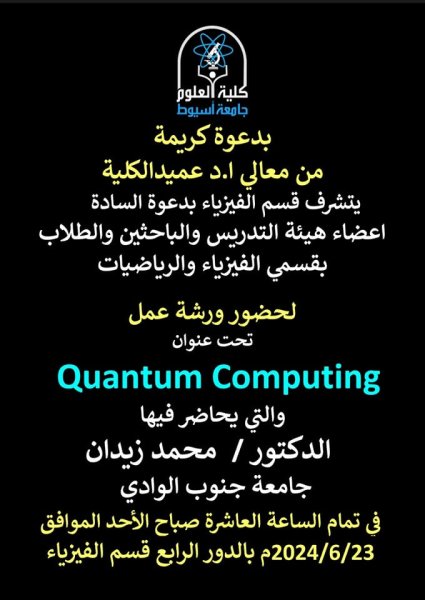UV-Irradiation Effects on the Optical Properties of Polyvinyl Alcohol/Carboxymethyl Cellulose/Polyvinyl Pyrrolidone/Tin Chromium Disulphide Nanocomposite Films for their Application in Optoelectronic Devices
A nanocomposite (NC) film containing polyvinyl alcohol (PVA), carboxymethyl
cellulose (CMC) and polyvinyl pyrrolidone (PVP) polymers
and tin chromium disulfide (Sn0.75Cr0.25S2) nanoparticles (NPs)
was prepared using thermolysis and casting techniques. The prepared
NPs were characterized using X-ray diffraction (XRD) and transmission
electron microscopy (TEM) techniques. The induced
alterations in the optical and color properties of the prepared PVA/
CMC/PVP/Sn0.75Cr0.25S2 NC film due to UV irradiation, within fluences
ranging from 10 to 80 Joule/cm2 (J/cm2), were characterized via UV
spectroscopy and the International Commission on Illumination (CIE)
color changes techniques. As the UV fluence increased up to 80 J/
cm2, the maximum fluence used, both the direct and indirect bandgaps
decreased. We attribute this to the dominance of formed chain
crosslinks that destroyed the ordered structure and, thus, increased
the amorphous regions. The effect of UV irradiation on the absorbance,
refractive index, real and imaginary dielectric parameters and
optical conductivity of the NC samples were studied. Furthermore,
the optical color changes between the pristine and the irradiated
films were evaluated. The pristine NC film was uncolored. It showed
significant color changes when irradiated with the UV radiation at
increasing fluences up to 80 J/cm2. The changes in the optical properties
of PVA/CMC/PVP/Sn0.75Cr0.25S2 NC film suggested its usage as
a promising candidate for future optoelectronics characterization
techniques.





